19-08-2024
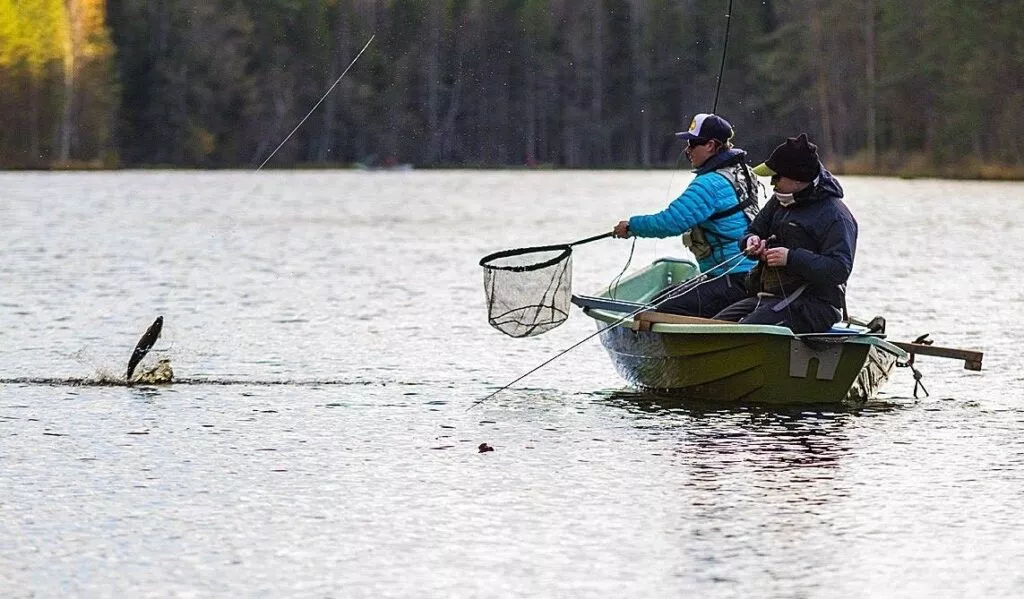
The fly fishing season on many Nordic rivers is notoriously short: it really kicks off in May, and in the worst-case scenario, rising water temperatures can close down prime spots as early as Midsummer. Janne Heikkinen along with other Fly Fishing Team Finland teammates have found a way around it: go stillwater! High-quality fly fishing opportunities are available from ice-out to late autumn if you shift your focus to fishing lakes and ponds. Targeting rainbow trout in open water offers a challenging and rewarding experience whether you’re fishing from the bank, a boat, or a float tube.
Text: Antti Kalske
Photos: Janne Heikkinen, Harri Hytönen
In August 2024, Janne Heikkinen, a member of the Finnish fly fishing team, is competing in the European Championships in Poland, with Superflies’ flies in his fly box. Janne is a familiar face not only on Finland’s trout rivers but also on various stillwater venues. For this passionate fly fisherman, lake fishing has been a great way to continue the fishing season, and living in the land of a thousand lakes there are endless opportunities. Wondering how to get started if you are used to having a current? Janne walks us through the stillwater season and techniques, step by step (note: his experiences are particularly relevant to conditions in Finland).
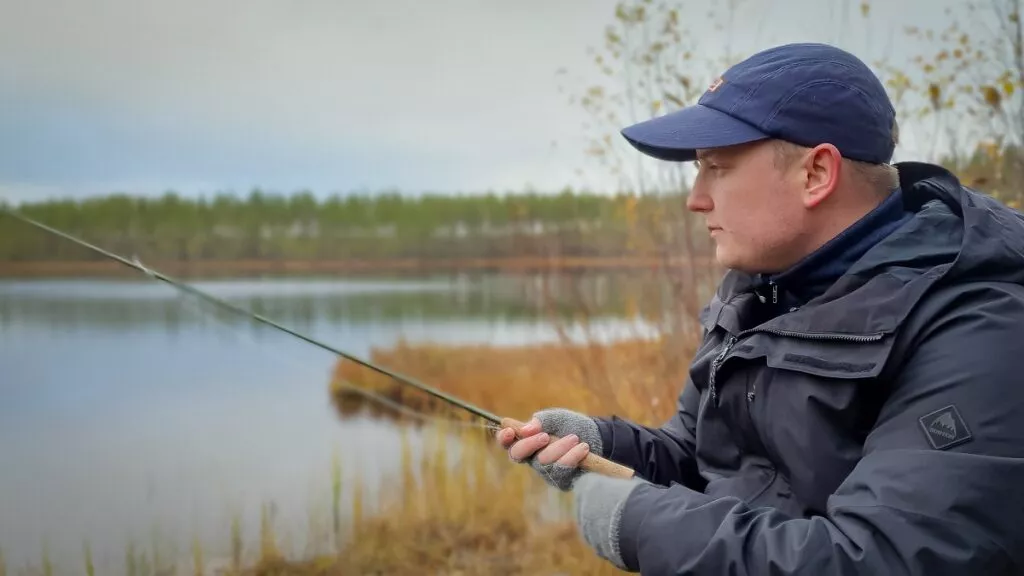
“The season starts right after the ice melts, which is often an excellent time. Rivers haven’t opened yet, or at least wading isn’t allowed, so that’s why I turn my attention to stillwater fisheries,” Janne explains. “Usually, this is right after May Day. The period immediately following ice-out can be excellent as fish begin feeding heavily after a long winter. Fish stocked during the previous year tend to go aggressively after flies at this time. Flies can be sizable, but with sluggish retrieval.
Janne’s early-season fly box includes:
A few weeks after May Day, water temperatures start to rise, and the first new batches of stocked fish tend to arrive at this time. For this reason, fluorescent, attracttion color Wooly Buggers become increasingly effective moving towards late May and early June. On lakes, it’s best to keep the bead size moderate compared to running water, which makes casting more manageable while still achieving a jigging motion.
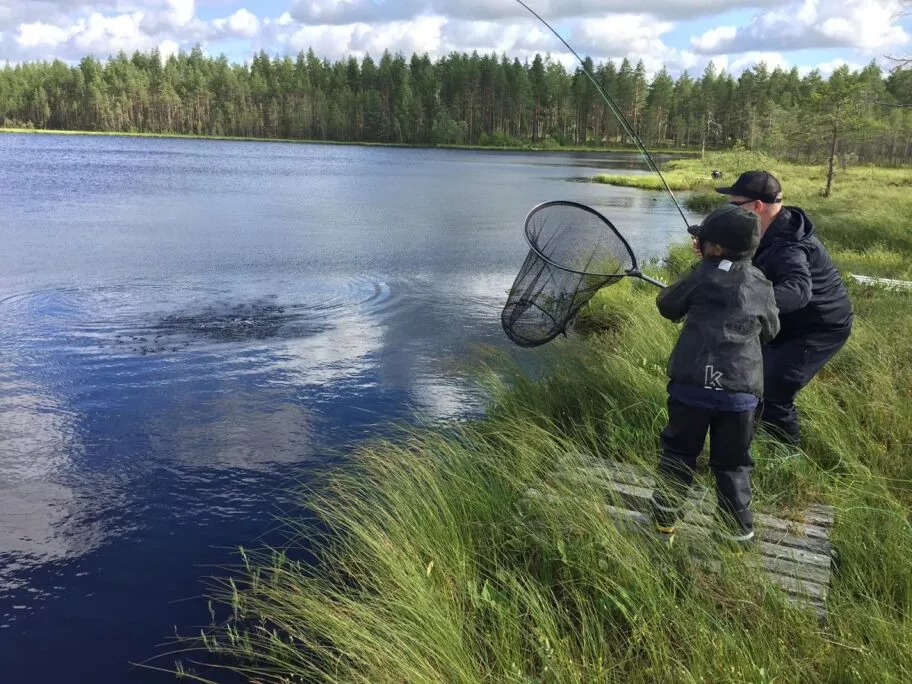
While new stock fish still go for larger flies (#8-12), more seasoned ones start favoring insect-based food. Unless heavy rain has stained the water color, dry flies, emergers, and buzzers come into play. “A very effective but less common technique is buzzer fishing, where you fish simultaneously with a dry fly and an emerger. In general, when fishing stillwater, it’s often crucial to cover multiple water layers at once: the surface, just below the surface film, and/or a clearly deeper layer.”
As summer progresses, it’s essential to monitor water temperatures and reduce catch-and-release fishing when temperatures exceed 20°C. “In July, it’s a good idea to have damsel fly imitations in your box, either in the form of olive Wooly Buggers or more realistic damsel nymphs. For dry flies, the Parachute Caddis is a sure shot, but I also recommend trying Nalle Puh if you want to try something else,” says Janne. “It’s worth targeting fish close to the bank where oxygen levels are highest. Even casting parallel along the shoreline can be productive.”
Janne fishes Wooly Buggers either with slow or fast intermediate lines. Buzzers and nymphs can be fished with either a floating line and a long tapered leader, or a hover line with a glass tip designed specifically for this technique. The end of the line often features:
In August, stocking rainbow trout continues in most places, but more fishhave now learned to utilize the food sources of their habitats. This is where more natural fishing techniques come into play. “Buggers and boobies work throughout the season for recently stockd fish, but for those favoring a natural diet, the washing line technique is often more effective. The washing line involves fishing 2-3 water layers simultaneously with a long leader and a floating or glass-tipped hover line,” Janne advises. “The idea is to use a floating point fly, and one or two unweighted wet flies at 90-120 cm (3-4 ft) intervals below it, just under the surface film. The point fly and floating line support the submerged dropper flies, hence the name ‘washing line’.”
For the washing line technique, Janne suggests building the rig as follows:
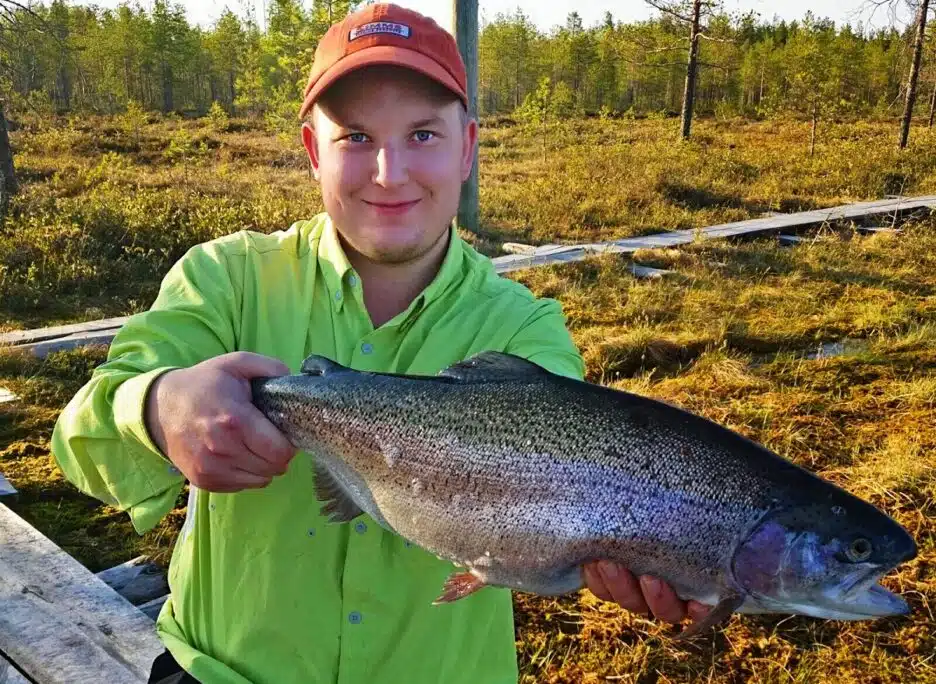
Another technique worth trying in the fall is bung fishing, originally from the UK. “As the waters cool to around 10-15°C, bung fishing, which resembles fishing with a bobber, comes into the picture – although some question whether it’s real fly fishing. Nevertheless, it’s effective,” Janne notes. “The technique uses a floating bung as an indicator, essentially a bobber, which in this case is a well-floating dry fly, such as a CDC Caddis or another bushy fly. The key is that this fly should support the weight of the rig below it.”
Under the bung or “bobber,” you can choose from egg flies, worm flies, nymphs, buzzers, or very small Wooly Buggers. “This way, you can keep the flies at the target depth longer than by stripping, assuming the fish are feeding in midwater during autumn,” Janne explains the technique’s popularity. “Bung fishing usually involves actively changing your fishing spot, which often pays off more than waiting. Alongside bung fishing, traditional dry fly fishing can be excellent in September if you catch the fish during the warmest part of the day.”
Janne’s autumn fly box might include:
In October, the season is drawing to a close, and fishing slows down resembling early spring. Shallow bays attract rainbow trout towards the end of the season, just as they do in early spring. “When retrieving wet flies, the pace should be as slow as possible. The fish need to be practically teased into taking, which is why retrieves should be done carefully from start to finish. Typically, trout will follow and study the flies for a long time before striking (or turning away) at the end of the retrieve,” Janne explains. “You can spot an inexperienced angler easily, because they start a new cast way too early and don’t retrieve all the way to the shoreline. The fly is already in the air before the best strike window is reached.”
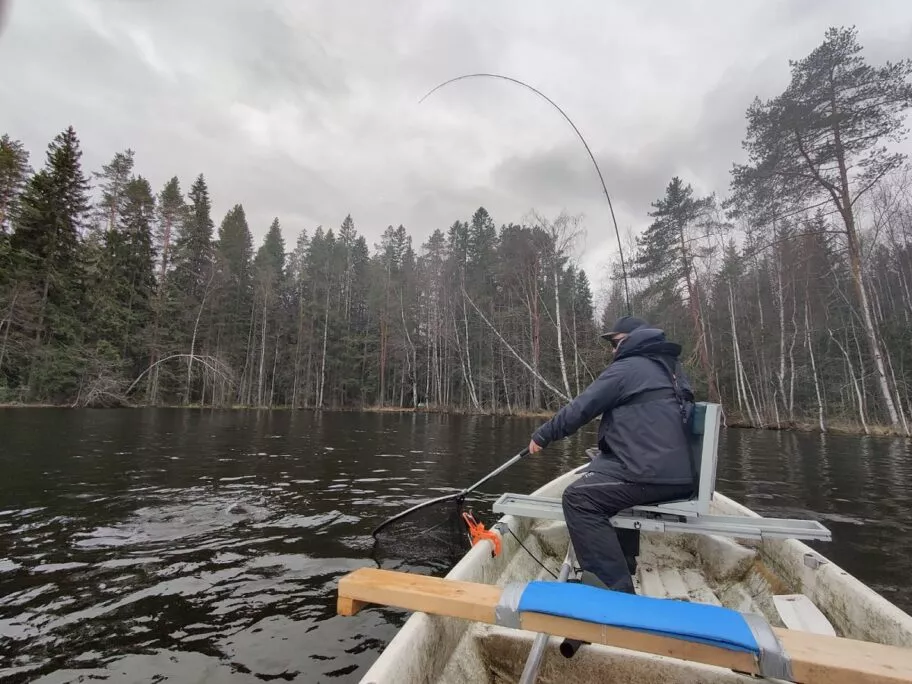
As October turns into November, the stillwater fly fishing season may have lasted over six months—much longer than what we get to enjoy river fishing in the Nordics. “Stillwater fishing enables trying out a variety of techniques and flies, following the year’s cycle and targeting fish that behave differently. In addition you get to spend the most part of the season without huge crowds byt the water, as rivers hold the greatest fishing pressure,” Janne reflects on why he enjoys lake fishing so much.
Regarding gear, a good starting point is any #5-7 weight rod with a floating line. If you really get into it, Janne recommends a #7 weight 10’ rod and lines specifically designed for different techniques. At least a long-tapered floating line for dry flies, a couple of different intermediate or sink-tip lines for Wooly Buggers and wet flies, and a glass-tip hover line for the washing line technique. Flies can be tied or purchased using Janne’s tips as inspiration, or you can pick up a pre-selected stillwater trout fly selection.
Superflies is a longtime supporter of the Finnish Fly Fishing Team. The national team has tailored their trusted flies into our collection, while we keep their fly boxes full as they head to the 2024 European Championships in Poland and other competitions. Now you too can fish with the same flies as seasoned competitive anglers!